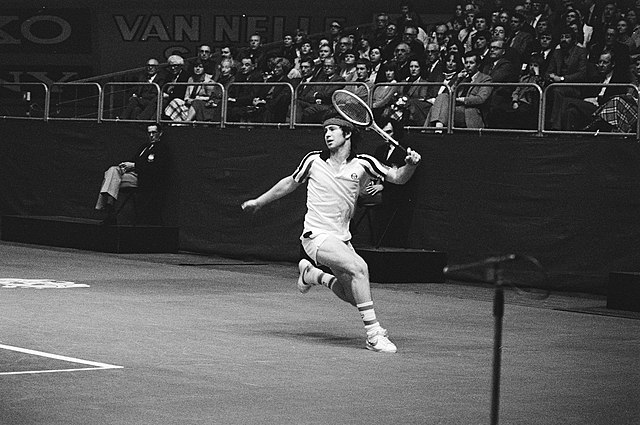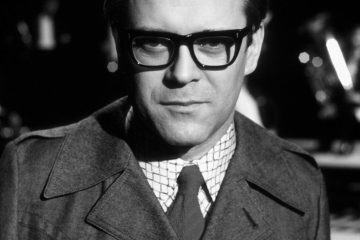The Remarkable Legacy of John McEnroe in Tennis

Introduction
John McEnroe, a name synonymous with tennis excellence, is recognised not only for his incredible skills on the court but also for his captivating personality. His significance in the world of sports transcends mere statistics, making him a compelling figure in both the history of tennis and popular culture. As recent events unfold regarding his engagements and contributions to the sport, it becomes important to reflect on his enduring legacy and ongoing influence.
McEnroe’s Career Highlights
Born on February 16, 1959, in Wiesbaden, Germany, John McEnroe rose to prominence in the 1970s and 1980s. He is celebrated for his unmatched talent, which led him to win seven Grand Slam singles titles and nine doubles titles. McEnroe’s playing style was characterized by his aggressive serve-and-volley approach, along with a fiery temperament that often drew attention. His famous rivalries, particularly with Björn Borg and Jimmy Connors, captured the imagination of millions and brought a new level of drama to the sport.
Current Engagements and Contributions
In recent years, McEnroe has remained a prominent figure in tennis through various roles. He serves as a commentator for major tennis tournaments, providing insights drawn from his extensive experience. Additionally, he has been active in promoting the sport through various initiatives, especially focusing on youth involvement in tennis. In 2023, he participated in several exhibitions aimed at raising funds for charities that support younger athletes, reinforcing his commitment to the sport’s future.
The Ongoing Impact of McEnroe
John McEnroe’s legacy is not solely defined by his accolades. His candid opinions and passionate displays have made him a polarising yet beloved character among tennis fans. Recent discussions surrounding tennis etiquette and player conduct have seen McEnroe weigh in with his perspective, highlighting the ongoing relevance of his ideas. As tennis evolves with new technologies and growing competitiveness, having voices like McEnroe’s brings necessary attention to the sport’s roots and values.
Conclusion
John McEnroe’s contributions to tennis and sports culture at large cannot be overstated. With his continued involvement in tennis and discussions about its future, he remains a vital figure for younger generations. As we look ahead, it is certain that McEnroe will continue to influence the landscape of tennis, inspiring upcoming players while stimulating discussions around the sport’s integrity and passion. For tennis enthusiasts, McEnroe represents both a golden era of the sport and a bridge to its future.









